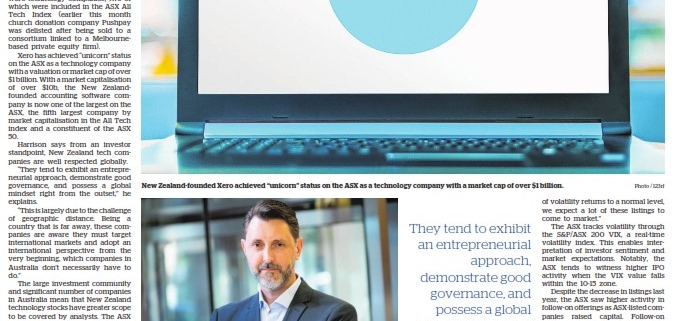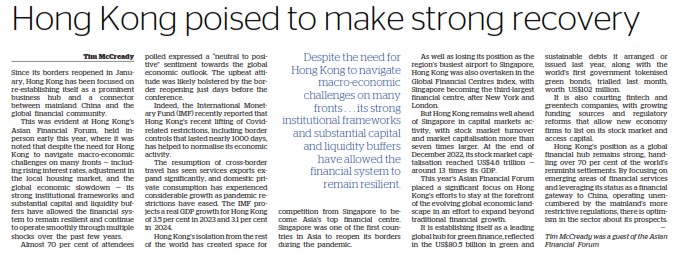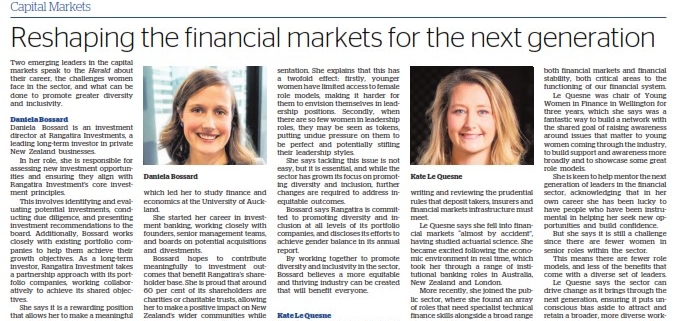Capital Markets: Can ChatGPT predict share price performance?
It’s clear that the capital markets will continue to face significant headwinds, with many of the same pressures and external forces that have shaped the sector in recent years still in play.
Persistently high inflation remains a top concern. While it remains stubbornly elevated, there are encouraging signs that it may have peaked after a considerable effort from central banks to rein in spending.
Much of the supply chain disruption caused by Russia’s invasion of Ukraine has stabilised, but persistent geopolitical tensions and fragmentation, particularly between China and the United States, continue to pose a risk to economic and financial stability.
Adding to the complexity, the pandemic-induced global talent shortage is still acutely felt in multiple sectors, including certain areas of the capital markets.
Gaining momentum are several megatrends that have become entwined with the capital markets sector. These include the rapid technological evolution, the growing need for robust cybersecurity measures to protect against digital threats, and the ever-increasing demand for sustainable investment options.
Against this backdrop, here is a wrap of some of the key issues that are likely to shape the capital markets over the coming year.
Key drivers for capital markets
Despite a challenging global economic environment, the Asia-Pacific region is expected to offer some hope for the coming year.
Earlier this month, the International Monetary Fund (IMF) released a report on the region, noting that despite weakening external demand — such as the downturn in demand for tech exports — domestic demand has remained strong. China’s reopening is providing fresh impetus to the region and a glimmer of optimism for the rest of the world.
The IMF projects Asia-Pacific’s GDP to increase this year to 4.6 per cent, after growing 3.8 per cent in 2022 and contributing around 70 per cent of global growth. This will be driven primarily by the recovery in China as a result of its reopening and surging consumption, along with resilient growth in India.
It said the near-term economic impact of China’s recovery “will likely vary across countries, with those more heavily reliant on tourism likely reaping the most benefit,” and expects the rise in China’s imports to be most strongly reflected in services.
But despite its optimism for the region, the IMF downgraded its projections for Japan, Australia, New Zealand, Singapore and South Korea.
“Stronger external demand from China will provide some respite to advanced economies in the region, but is expected to be largely outweighed by the drag from other domestic and external factors,” it said.
Mind v machine in investing
A few months ago, ChatGPT was launched publicly and has quickly disrupted diverse sectors.
Analysts at Goldman Sachs believe artificial intelligence (AI) algorithms could ultimately replace 300 million jobs, and with its ability to interpret vast amounts of data and identify patterns, AI is expected to significantly disrupt the capital markets.
Recently, the University of Florida analysed the accuracy of ChatGPT in predicting whether a news item would affect stock prices positively or negatively.
The results showed AI could make accurate predictions on stock performance and demonstrated that traditional models did not provide any further predictive power over ChatGPT.
Since AI algorithms can process market data in real time, they can react to changes faster than ever before. This will inevitably lead to more algorithmic trading, where machines are able to make trades at the appropriate time without human intervention.
Financial firms are already using AI to understand their customers better. As this tool is refined, it will be able to assist in developing more personalised products and services based on customer behaviour and potentially other public data, such as social media activity.
AI-driven technologies are also being used to detect fraud and money laundering. By analysing large pools of data and identifying suspicious patterns, AI can help financial institutions prevent fraud far more quickly than before.
While AI offers an exciting future for the capital markets, there are some concerns that its increased use could have negative consequences, such as creating market bubbles or amplifying financial instability. But despite that, the rapid introduction of AI tools means that by this time next year, they will undoubtedly have had a significant impact on the sector, offering faster and more accurate decision-making and analysis.
ESG focus remains high but pushback is growing
Investing with ESG principles in mind has become a hot topic and the fastest-growing segment of the asset management industry.
ESG principles consider environmental, social and governance factors alongside financials.
Ethical investment principles saw companies unwind their investments in Russia last year and the pandemic highlighted the need to consider societal impacts alongside investments. Locally, the recent climate events highlighted the importance of integrating ESG factors into investment strategies.
Despite growing interest in sustainable investing, the number of new sustainable fund launches has declined this year, according to financial services firm Morningstar. Regulatory uncertainty and increasing concerns about greenwashing are likely contributing to this trend, highlighting the need for greater transparency and accountability in the ESG space.




